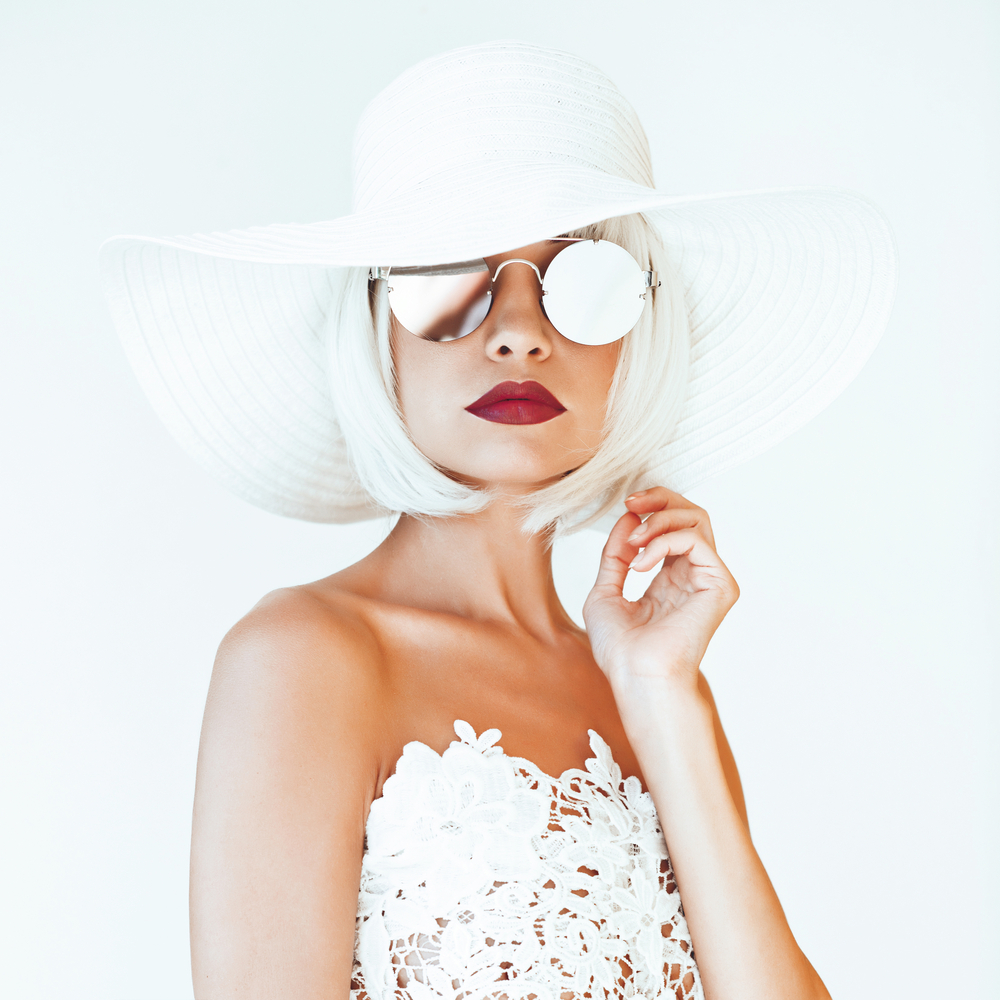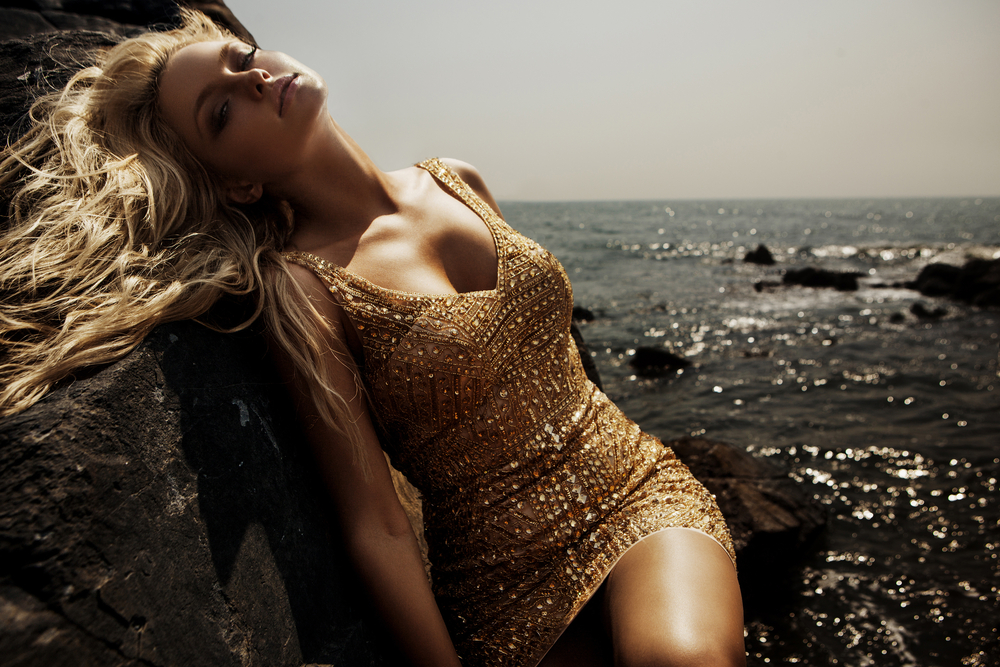
The Art of Modeling: Unveiling the Secrets Behind the Glamorous World in Photoshoots

In the world of fashion and photography, the art of modeling holds a special place. It is through the skills and talents of models that designers can showcase their creations, photographers can capture stunning images, and the audience can experience the essence of the fashion world. But behind the glamorous façade lies a world of hard work, dedication, and professionalism. In this article, we will delve into the secrets and intricacies of the modelling industry, shedding light on what it takes to succeed in the captivating realm of photoshoots.
1. The Role of a Model: More Than Meets the Eye
When we think of modeling, the first thing that often comes to mind is the image of someone striking a pose in front of a camera. However, being a model is much more than just looking good. It requires a combination of physical attributes, such as height, body proportions, and facial features, as well as the ability to express emotions, capture the essence of a brand or concept, and adapt to various styles and themes.
Models are not mere mannequins; they are storytellers, bringing life and personality to the clothes they wear. Through their body language, expressions, and poses, they convey the vision intended by designers, photographers, and creative directors. It is their ability to understand and interpret the concept behind a shoot that sets them apart and makes them indispensable to the industry.
2. Types of Modeling: Versatility and Adaptability
The modeling industry is incredibly diverse, catering to a wide range of markets and clients. From runway to editorial, commercial to plus-size, there is a niche for every individual. Modeling can encompass various forms, each with its own unique requirements and expectations.
Runway modeling, for instance, demands grace, confidence, and the ability to walk effortlessly in high heels while showcasing designer collections on the catwalk. Editorial modeling, on the other hand, allows models to assume a distinct character or persona, often working with high-profile photographers for magazine spreads or advertisements.
Commercial modeling focuses on everyday products and services, requiring a relatable and approachable look. Plus-size modeling promotes body positivity and inclusivity, celebrating diverse body types. Each type of modeling requires different skills and presents varying challenges, but all share a common thread: the art of portraying an idea or concept with authenticity and conviction.
3. The Photoshoot: Behind the Scenes of a Captivating Process
While the final result of a photoshoot may seem effortless and flawless, the reality is quite different. The process of creating stunning images involves a tremendous amount of preparation, teamwork, and attention to detail. From conceptualization to execution, every step in the photoshoot requires meticulous planning and coordination.
The creative team, which usually includes the photographer, stylist, makeup artist, hair stylist, and art director, work together to bring a vision to life. Models collaborate closely with the team, ensuring that their poses, expressions, and overall look align with the desired narrative of the shoot.
Often, photoshoots take place in various locations, both indoor and outdoor, to capture different moods and aesthetics. It is important for models to adapt to different environments, lighting conditions, and temperature changes while maintaining their composure and focus.
4. The Demands of the Modeling Industry: Challenges and Expectations
The modeling industry is highly competitive, with thousands of aspiring models vying for a limited number of opportunities. It requires resilience, perseverance, and the ability to handle rejection with grace. The physical demands of the industry can also be challenging, as models often have to maintain a certain physique and take care of their overall well-being.
Additionally, the lifestyle of a model can be demanding, with long hours on set, frequent traveling, and constant pressure to meet strict deadlines. Models must be adaptable, punctual, and professional at all times, as their reputation and career prospects depend on it.
5. How to Succeed in the World of Modeling: Tips and Advice
While the path to success in the modeling industry may be arduous, there are certain qualities and skills that can greatly enhance an individual's chances. Here are some tips for aspiring models:
a) Professionalism: Treat modeling as a business and approach it with professionalism. Be punctual, reliable, and respectful towards the entire team and the clients.
b) Networking: Build strong relationships within the industry. Attend fashion events, connect with photographers, stylists, and agencies. Creating a network can open doors for future opportunities.
c) Practice and Confidence: Invest time in practicing posing, facial expressions, and body movements. Confidence is key when it comes to modeling. Practice in front of a mirror or take modeling classes to refine your skills.
d) Take Care of Yourself: Maintain a healthy lifestyle, both physically and mentally. Eat nutritious food, exercise regularly, and practice self-care to ensure you are in your best shape, both inside and out.
e) Be Resilient: Rejection is a part of the industry, but it should never discourage you. Learn from each experience, improve with constructive criticism, and always stay determined to pursue your dreams.
Frequently Asked Questions:
Q1: What are the height requirements to become a runway model?A1: While height requirements can vary, the general range for female runway models is between 5'9" to 6'0", and for male models, it is around 6'0" to 6'2".
Q2: Can anyone become a model, regardless of age?
A2: The modeling industry celebrates diversity, and there are opportunities for models of various age groups. From children to mature models, different markets cater to different age ranges.
Q3: Is it necessary to have professional photos before approaching agencies?
A3: While professional photos can certainly enhance your portfolio, they are not an absolute necessity. Most agencies prefer simple, natural snapshots to assess a potential model's look and versatility.
Q4: Are there any size requirements for commercial or plus-size modeling?
A4: Commercial modeling and plus-size modeling involve celebrating different body types and sizes. There are no specific size requirements for these categories, as long as the model embodies the desired aesthetic.
Q5: How can I avoid scams or fraudulent agencies?
A5: Research and due diligence are paramount. Research agencies thoroughly before signing any contracts, read reviews and testimonials, and be cautious of agencies that ask for upfront fees or make unrealistic promises.
In conclusion, the art of modeling is a captivating blend of talent, dedication, and an unwavering commitment to bringing ideas to life through the lens of a camera. From the runway to editorials, commercial to plus-size, models breathe life into the visions of designers and creative teams. While the industry may present its challenges, with resilience, professionalism, and a strong network, aspiring models can unlock the secrets to success in this glamorous world of photoshoots.
Other useful resources
- https://en.wikipedia.org/wiki/Category:Modeling_agencies
- https://en.wikipedia.org/wiki/Category:Modeling_(profession)